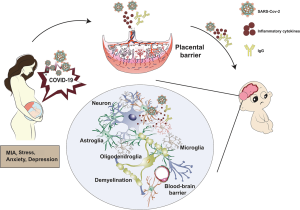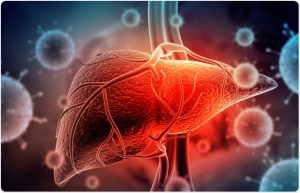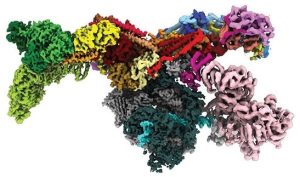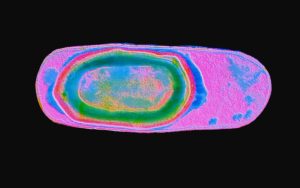
The wide range of applications in this subject are mostly unknown, despite the fact that the majority of the public is aware of and generally respects the role of forensics. Even scientists that work in this field may find it challenging to stay current on current trends and future forensic techniques that can aid in case solving due to the continuously evolving nature of forensic technology.
Because to television, movies, and crime fiction, fingerprinting is one of the most well-known branches of forensic science. Although its importance and usefulness in criminal investigations, fingerprinting is only one of the numerous sensitive and highly specific modalities utilized in forensics today.
The criminal justice system depends heavily on forensic evidence, especially forensic trace evidence. Trace evidence, which might be any minute particles left at the crime scene by the victim or the perpetrator, can help prove a suspect’s guilt or innocence. Also, this evidence might aid detectives in locating the sources of chemicals or illicit substances connected to a crime.
Different surroundings can include trace evidence, and the type of evidence can range greatly. Gunshot residue, exogenous substances excreted on fingerprints, lubricants, chemical compounds, blood, hair, and fabrics are just a few examples of the types of things that can provide information about how a crime was committed, its motivations, and a probable offender. Another prevalent type of forensic evidence is paint.
Evidence found on the scene can take a multitude of different forms, which can create complexities within the analytical framework of forensics. Due to the variety of potential evidence analyzed in this field, there now exists a range of techniques and technological platforms available to analyze them and hopefully bring justice to a case.
The majority of techniques utilized in forensics incorporate physics, chemistry, biology, computer science, and engineering disciplines. Novel analytical techniques used in a variety of evidence analyses include mass spectrometry (MS), matrix-assisted laser desorption/ionization MS imaging, ultraviolet Raman spectroscopy, high-resolution-direct analysis in real time-MS, and 2D gas chromatography (GS) MS, among many others.






